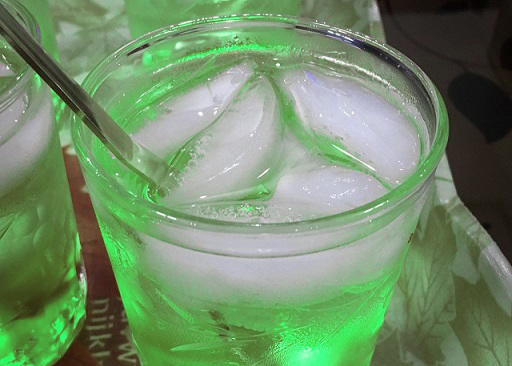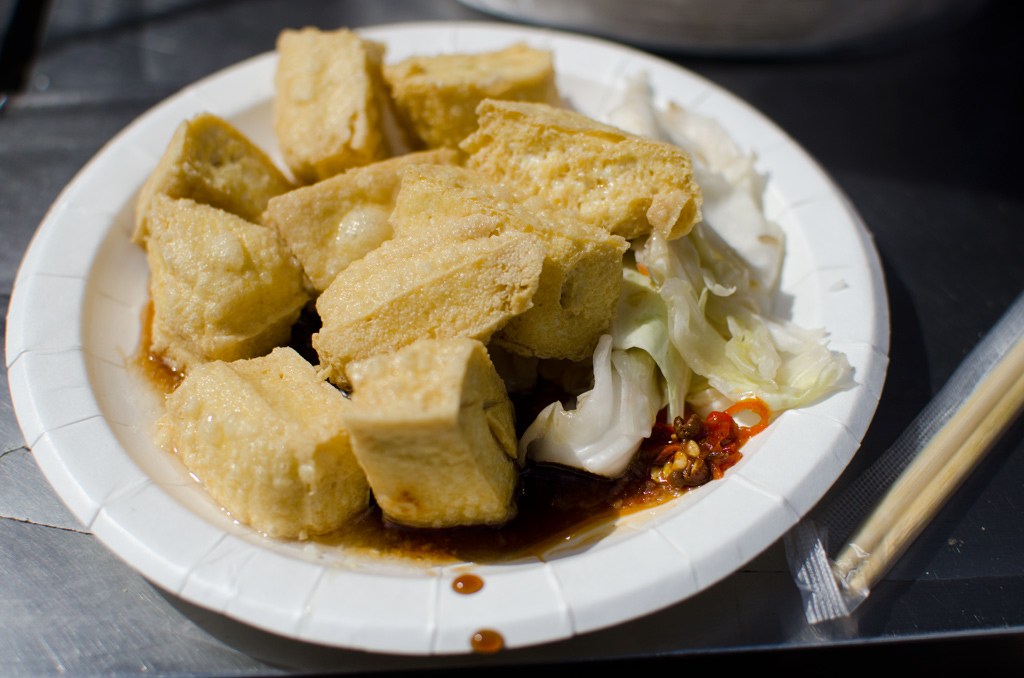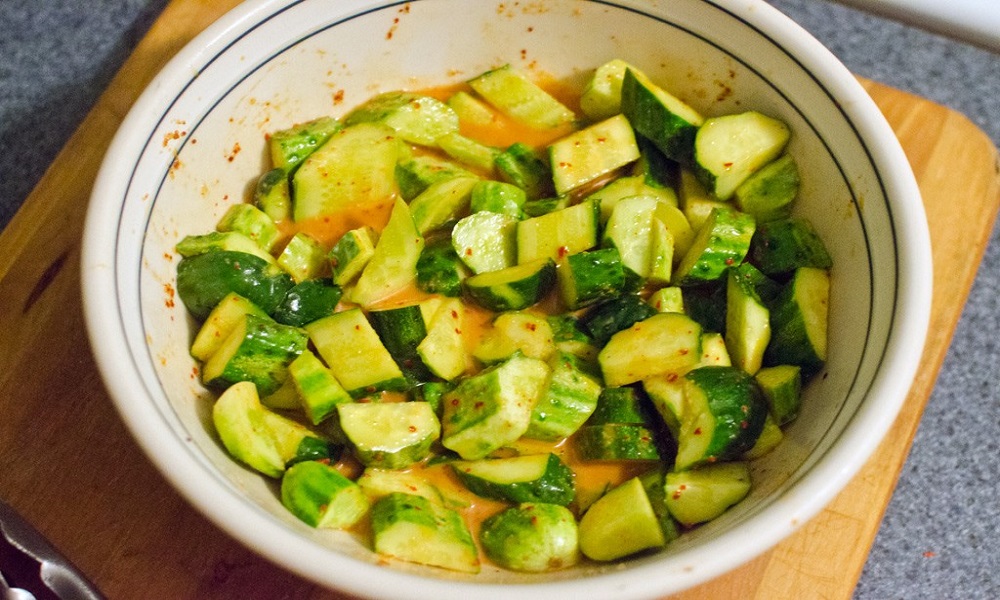Steam rises from simmering vinegar and honey while fresh mint releases its cooling essence—this scene played out in Persian kitchens a thousand years before kombucha became trendy. Sekanjabin, an ancient mint-and-vinegar tonic, is experiencing an unlikely renaissance as modern drinkers rediscover what medieval physicians knew: sometimes the best medicine tastes like liquid summer.
From Palace Medicine to Backyard Barbecues
This cooling elixir traveled from Avicenna’s medical texts to today’s Persian restaurants and dinner parties.
Long before wellness influencers discovered adaptogens, Persian healers were prescribing sekanjabin for everything from fevers to digestive troubles. The drink’s name combines “serkeh” (vinegar) and “angabin” (honey), ingredients that Avicenna championed in his “Canon of Medicine” for balancing the body’s internal heat.
Medieval courts served it at banquets, poets referenced it in verse, and families prepared batches each spring to last through scorching summers.
The traditional recipe hasn’t changed much: white wine vinegar and honey simmer into a syrup, steeped with mint, then diluted with cold water and served over ice. Cucumber slices or crisp lettuce add textural contrast while enhancing the drink’s cooling properties.
Why Your Instagram Feed Needs This Ancient Refresher
Persian restaurants and home mixologists are turning this medicinal tonic into the season’s most intriguing mocktail.
Modern sekanjabin is having its moment, appearing on Persian restaurant menus from Los Angeles to London and trending on social media as curious drinkers share videos of the emerald-colored elixir. Its sweet-tart profile—simultaneously sharp and refreshing—offers complexity that puts basic mint lemonades to shame.
Contemporary preparations often incorporate sparkling water for effervescence, while some chefs use sekanjabin as a salad dressing or dipping sauce for fresh vegetables. The drink’s natural ingredients and perceived wellness benefits align perfectly with current functional beverage trends, positioning it as an ancestor to today’s drinking vinegars and shrubs.
Food historians studying Persian culinary traditions note that sekanjabin represents the beautiful intersection of medicine and hospitality in Persian culture, serving as proof that effective wellness drinks were perfected centuries ago.
The tonic’s accessibility makes it ideal for home preparation—no special equipment required, just patience while the syrup cools and anticipation for that first refreshing sip.


















